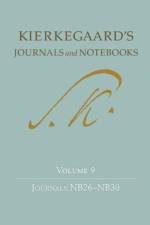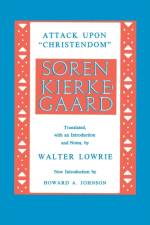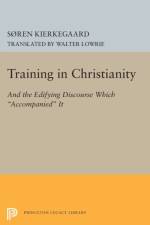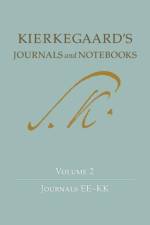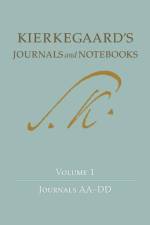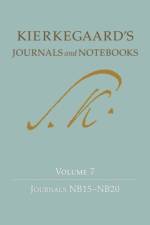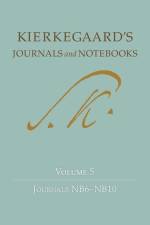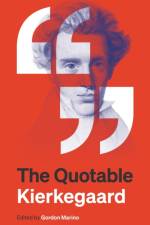- Journals NB21-NB25
av Soren Kierkegaard
1 887
For over a century, the Danish thinker Soren Kierkegaard (1813-55) has been at the center of a number of important discussions, concerning not only philosophy and theology, but also, more recently, fields such as social thought, psychology, and contemporary aesthetics, especially literary theory.Despite his relatively short life, Kierkegaard was an extraordinarily prolific writer, as attested to by the 26-volume Princeton University Press edition of all of his published writings. But Kierkegaard left behind nearly as much unpublished writing, most of which consists of what are called his "e;journals and notebooks."e; Kierkegaard has long been recognized as one of history's great journal keepers, but only rather small portions of his journals and notebooks are what we usually understand by the term "e;diaries."e; By far the greater part of Kierkegaard's journals and notebooks consists of reflections on a myriad of subjects-philosophical, religious, political, personal. Studying his journals and notebooks takes us into his workshop, where we can see his entire universe of thought. We can witness the genesis of his published works, to be sure-but we can also see whole galaxies of concepts, new insights, and fragments, large and small, of partially (or almost entirely) completed but unpublished works. Kierkegaard's Journals and Notebooks enables us to see the thinker in dialogue with his times and with himself.Kierkegaard wrote his journals in a two-column format, one for his initial entries and the second for the extensive marginal comments that he added later. This edition of the journals reproduces this format, includes several photographs of original manuscript pages, and contains extensive scholarly commentary on the various entries and on the history of the manuscripts being reproduced.Volume 8 of this 11-volume series includes five of Kierkegaard's important "e;NB"e; journals (Journals NB21 through NB25), which cover the period from September 1850 to June 1852, and which show Kierkegaard alternately in polemical and reflective postures.The polemics emerge principally in Kierkegaard's opposition to the increasing infiltration of Christianity by worldly concerns, a development that in his view had accelerated significantly in the aftermath of the political and social changes wrought by the Revolution of 1848. Kierkegaard understood the corrupting of Christianity to be in the interest of the powers that be, and he directed his criticism at politicians, the press, and especially the Danish Church itself, particularly church officials who claimed to be "e;reformers."e;On the reflective side, Kierkegaard delves into a number of authors and religious figures, some of them for the first time, including Montaigne, Pascal, Seneca, Savonarola, Wesley, and F. W. Newman. These journals also contain Kierkegaard's thoughts on the decisions surrounding the publication of the "e;Anti-Climacus"e; writings: The Sickness unto Death and especially Practice in Christianity.Kierkegaard's reader gets the sense both of a gathering storm-by the close of the last journal in this volume, the famous "e;attack on Christendom"e; is less than three years away-and a certain hesitancy: What needs reforming, Kierkegaard insists, is not "e;the doctrine"e; or "e;the Church,"e; but "e;existences,"e; i.e., lives.




